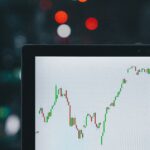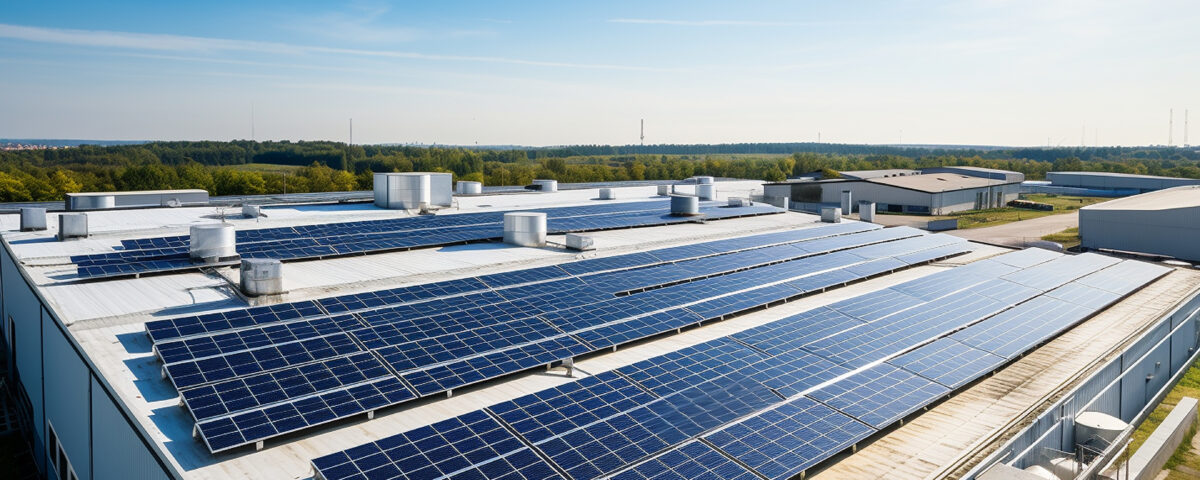
GLEG UK Energy Market Update…
July 14, 2025
🇬🇧 UK Reforms CfD Scheme: Renewable Energy Contracts Extended to 20 Years
July 18, 2025Europe’s energy landscape is changing rapidly. Record levels of solar generation are driving electricity prices into negative territory during daylight hours, yet reliance on costly fossil fuels remains at night. This paradox highlights both the success and the growing pains of Europe’s clean energy transition.
In the first half of 2025, negative electricity prices have surged across Europe. Sweden’s SE2 zone saw over 500 hours where prices dropped below zero, with similar trends in Germany, Spain, and the Netherlands. The root cause is clear: solar generation is booming, but infrastructure to manage, store, and distribute that power efficiently is lagging behind.
Solar production reached an impressive 104.4 TWh in Q2 2025, with Germany, Spain, and France leading the way. The UK also made significant strides, posting a 40% increase compared to the same period in 2024. However, while supply overwhelms demand during the day, fossil fuel generation still dominates the evening peak, creating sharp price fluctuations within a single day.
Grid constraints compound the issue. Some regions, particularly in Southeastern Europe, struggle to absorb surplus power due to limited interconnection capacity. Meanwhile, factors like reduced hydroelectric output and nuclear outages further tighten supply during non-solar hours.
This volatility presents both risks and opportunities for industrial and commercial energy users. Businesses that can act now to improve their flexibility — through technologies like on-site solar generation and storage — are better positioned to mitigate costs and contribute to a more sustainable energy future.
At GLEG, we help businesses navigate this evolving landscape by designing and delivering tailored on-site solar solutions that reduce costs, improve resilience, and support sustainability goals.
Contact us at hello@gleg.co.uk to find out how on-site solar can help your business thrive in this new energy economy.

